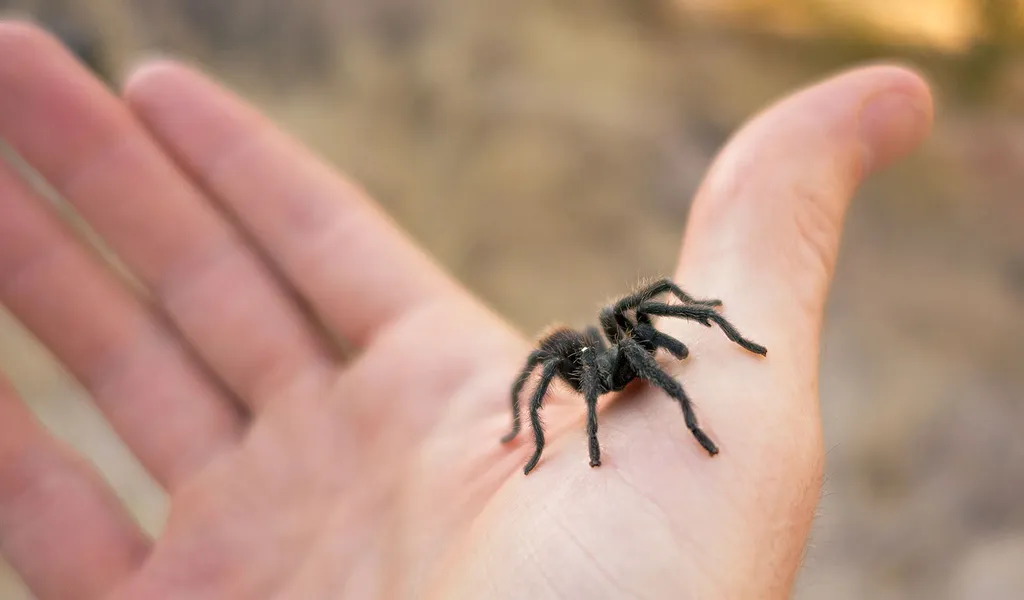Why Choose a Cute Tarantula Pet
Tarantulas, often perceived as intimidating, are surprisingly becoming popular pets. Their unique appearance, relatively low maintenance requirements, and fascinating behaviors make them a compelling choice for many. Owning a tarantula can be an incredibly rewarding experience, offering a glimpse into a world of incredible biodiversity. While they may not offer the same cuddles as a cat or dog, tarantulas provide a different kind of companionship, one based on observation and appreciation for nature’s wonders. The allure of these eight-legged creatures lies in their mystique, the chance to witness their molting process, and their unique personalities, which can vary significantly from one individual to another. They can be surprisingly docile and captivating to observe.
Understanding Tarantula Needs
Before bringing a tarantula home, it’s crucial to understand their basic needs. Tarantulas are sensitive creatures that thrive in specific environments. Researching the particular species you’re interested in is essential because their requirements can vary. Understanding their natural habitat helps replicate the conditions they need to thrive. This knowledge forms the foundation of responsible tarantula ownership, ensuring the well-being of your new pet. Factors like humidity, temperature, and appropriate substrate play vital roles in their overall health and happiness. Inadequate care can lead to stress, illness, and even premature death. Thorough research will allow you to set up the best possible home for your tarantula.
Habitat Essentials for Your Cute Tarantula
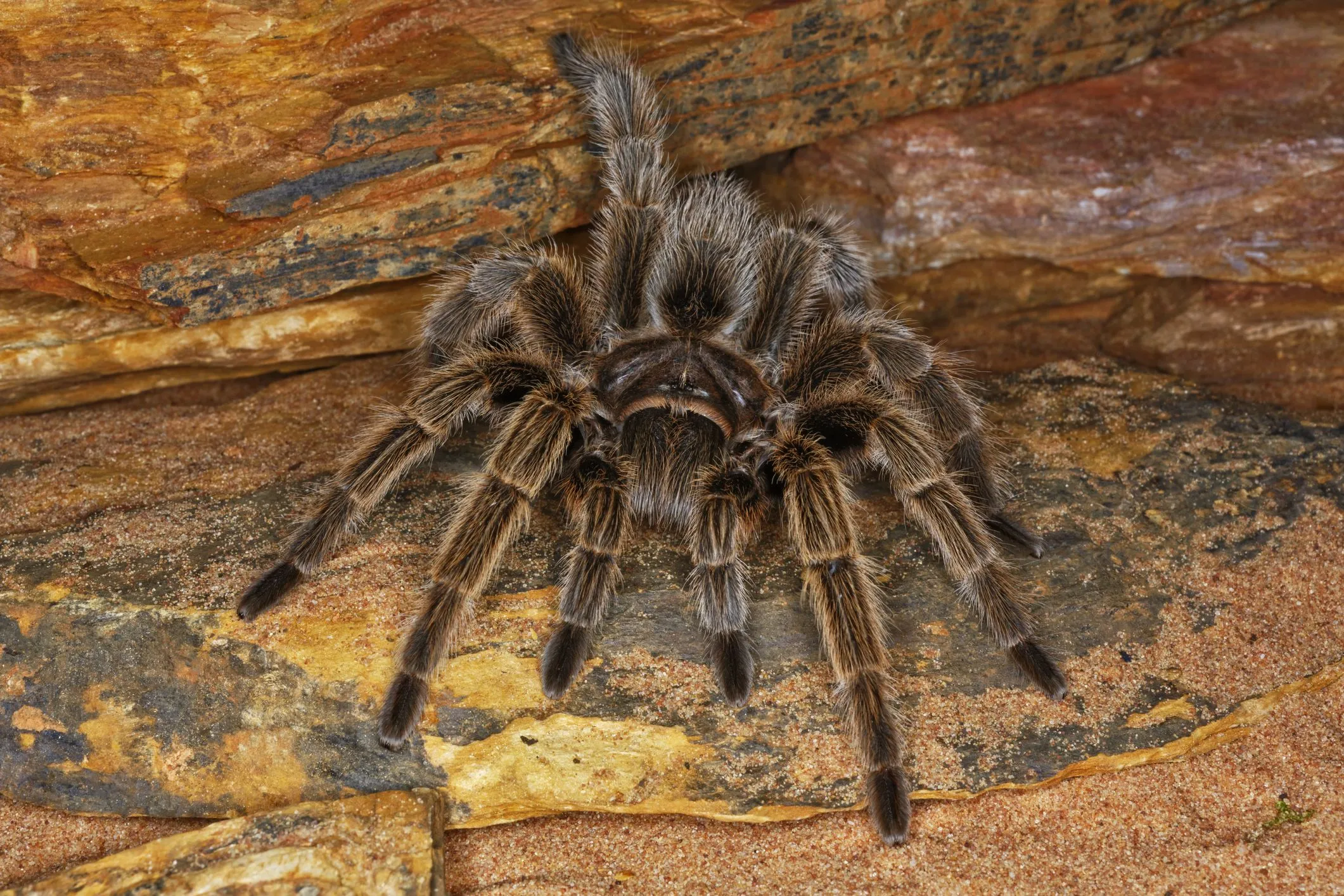
Creating the right habitat is paramount for your tarantula’s health and happiness. Think of their enclosure as their home, the place where they will spend the majority of their lives. A well-designed habitat provides not only shelter but also simulates their natural environment. This includes the correct size enclosure, appropriate substrate for burrowing or surface dwelling species, and maintaining the proper temperature and humidity levels. A suitable habitat reduces stress, supports their natural behaviors, and enhances their overall well-being. It’s important to mimic their natural environment as closely as possible to meet the needs of your new, cute, tarantula pet.
Enclosure Size and Setup
The size of the enclosure depends on the species and size of your tarantula. A general rule is that the enclosure should be at least twice the tarantula’s leg span in width and length, and tall enough for burrowing species to have adequate substrate. It’s important to prioritize horizontal space for terrestrial species and vertical space for arboreal ones. A secure lid is essential to prevent escape. The setup should include a water dish, a hide or shelter, and decorations appropriate for the species, such as cork bark or artificial plants, but don’t overcrowd the enclosure. Overcrowding can stress the tarantula. Ventilation is essential to prevent the build-up of harmful gases and promote healthy humidity levels.
https://example.com/tarantula-enclosure.webp
Substrate and Decoration
The substrate serves multiple purposes it provides a base for your tarantula to walk on, allows for burrowing (for burrowing species), and helps maintain humidity. The appropriate substrate varies by species, but common choices include coconut fiber, peat moss, and vermiculite. Decorations, such as cork bark, fake plants, or rocks, provide hiding places and enrich the environment. Choose decorations that are non-toxic and won’t trap your tarantula. It is important to ensure the substrate is deep enough for burrowing species to dig comfortably and to provide adequate humidity. The overall aesthetic should also mimic the tarantula’s natural habitat as closely as possible.
Temperature and Humidity
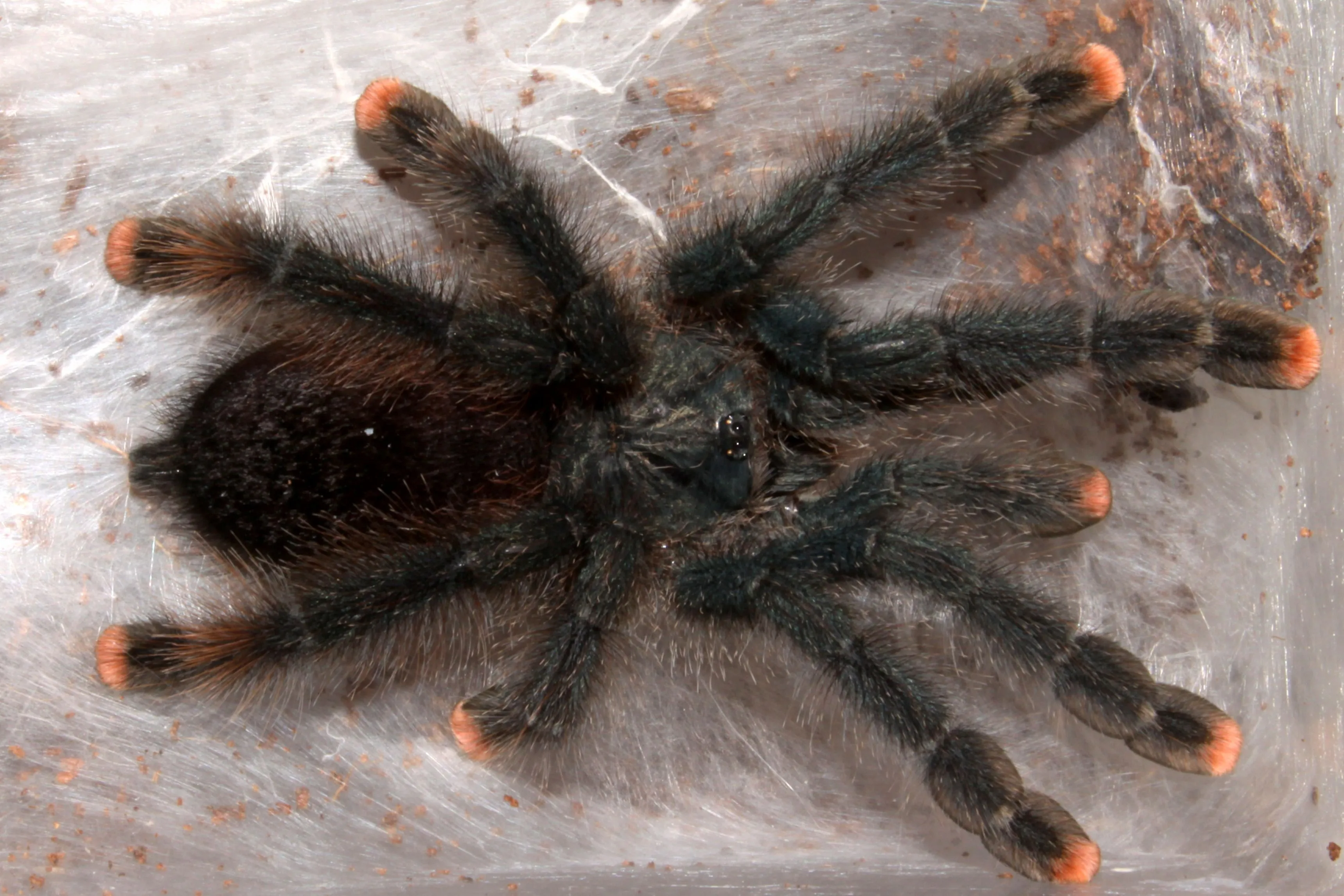
Maintaining the correct temperature and humidity is crucial for your tarantula’s health. Most tarantulas thrive in temperatures between 70-85°F (21-29°C). Use a thermometer to monitor the enclosure’s temperature. Humidity levels should be monitored using a hygrometer, and are also species dependent. Generally, tropical species require higher humidity (70-80%), while desert species prefer drier conditions (50-60%). You can increase humidity by misting the enclosure with dechlorinated water, providing a water dish, and using appropriate substrate. Avoid placing the enclosure in direct sunlight or near heat sources, which can lead to overheating or rapid fluctuations in temperature and humidity.
Feeding Your Adorable Tarantula
Feeding your tarantula is one of the most engaging aspects of their care. The diet and feeding schedule depend on the species, age, and size of your tarantula. Most tarantulas are opportunistic feeders, meaning they will eat almost anything that moves and is within their reach. Feeding your pet correctly is essential for their growth, health, and overall wellbeing. Overfeeding, underfeeding, or offering the wrong type of food can lead to health problems, so it’s crucial to understand their dietary requirements. Correct feeding ensures they have the necessary energy to thrive, shed their skin properly, and exhibit their natural behaviors.
Choosing the Right Food
The primary food source for tarantulas is live insects. Crickets, mealworms, roaches, and other insects are common choices. The size of the prey should be appropriate for your tarantula; it should be no larger than the tarantula’s body size. It’s also important to consider the nutritional value of the prey. Gut-load insects before feeding them to your tarantula by feeding them nutritious food such as vegetables and commercial insect feed. Avoid feeding wild-caught insects, as they may carry parasites or pesticides that can harm your pet. Always make sure the prey is alive when offered to the tarantula, as they are more likely to eat it.
Feeding Frequency and Amounts
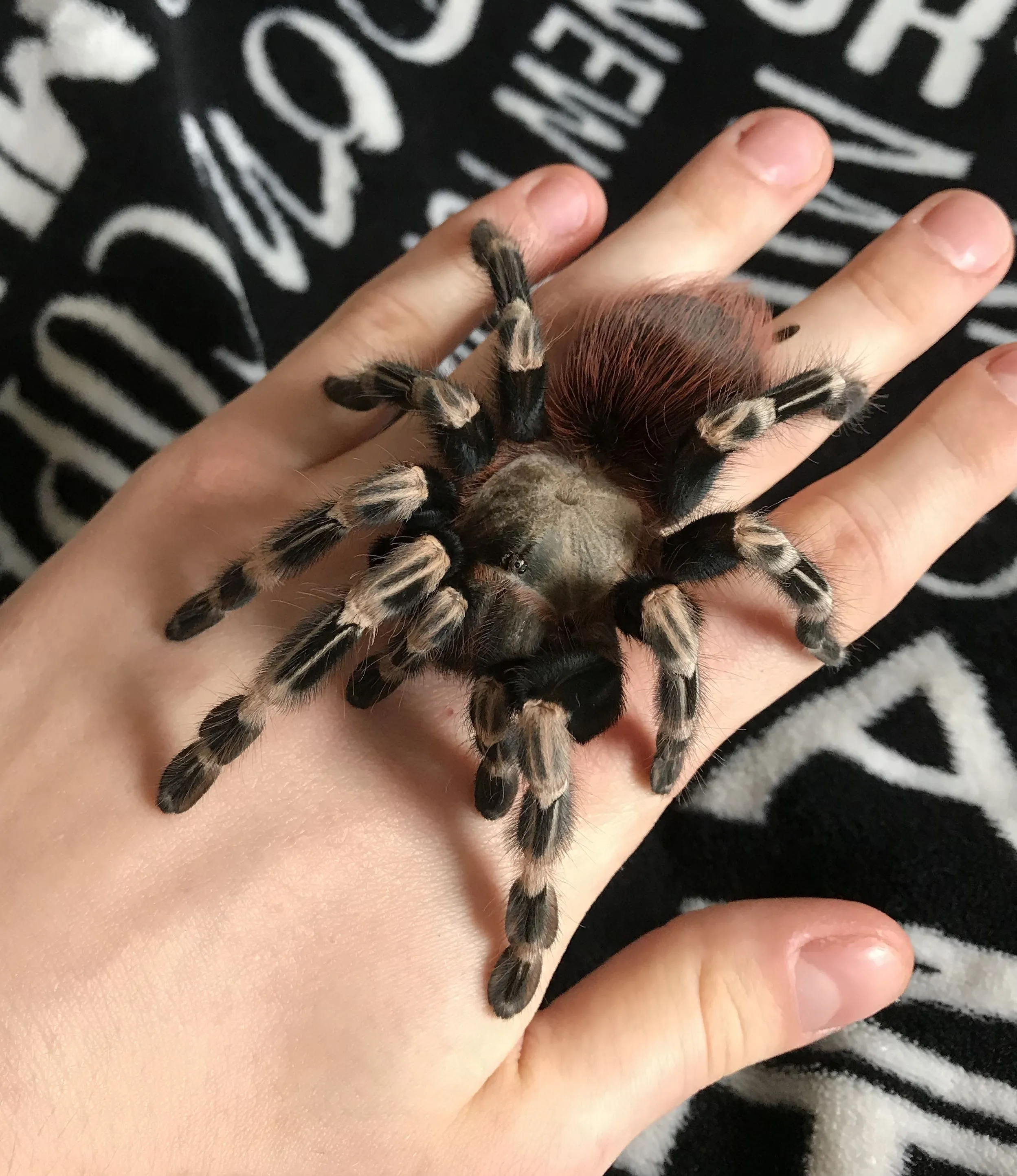
Feeding frequency depends on the tarantula’s age and metabolism. Spiderlings (baby tarantulas) may need to be fed several times a week, while adults can be fed once or twice a week, or even less frequently. Observe your tarantula’s behavior to determine its feeding needs. If it consistently refuses food, it may be in premolt (preparing to shed its skin) or simply not hungry. Remove uneaten prey after 24 hours to prevent stress on the tarantula. Overfeeding can lead to a tarantula becoming overweight, which can cause health problems, so portion control is important. Adjust the amount of food offered based on your tarantula’s size and appetite, making sure they’re always getting the proper nutrients.
https://example.com/feeding-tarantula.webp
Watering and Hydration
Providing fresh water is just as important as feeding. Tarantulas need access to clean water at all times to stay hydrated. Dehydration can lead to serious health problems, so it is essential to make sure they have the water they need. Regularly monitor the water dish and refill it with fresh, dechlorinated water. The way you provide water might vary depending on the species and size of your tarantula, but the goal remains the same: ensuring constant access to clean, safe water.
Providing Fresh Water
The most common way to provide water is with a shallow water dish. Ensure the dish is shallow enough to prevent the tarantula from drowning. For smaller tarantulas, you can use a bottle cap or a small, shallow dish. Change the water daily or every other day to prevent bacteria and algae growth. Regularly clean the water dish to ensure it remains sanitary. The dish should be placed in a location where the tarantula can easily access it. It’s best to use dechlorinated water to avoid any harmful chemicals found in tap water.
https://example.com/tarantula-drinking.webp
Maintaining Humidity Levels
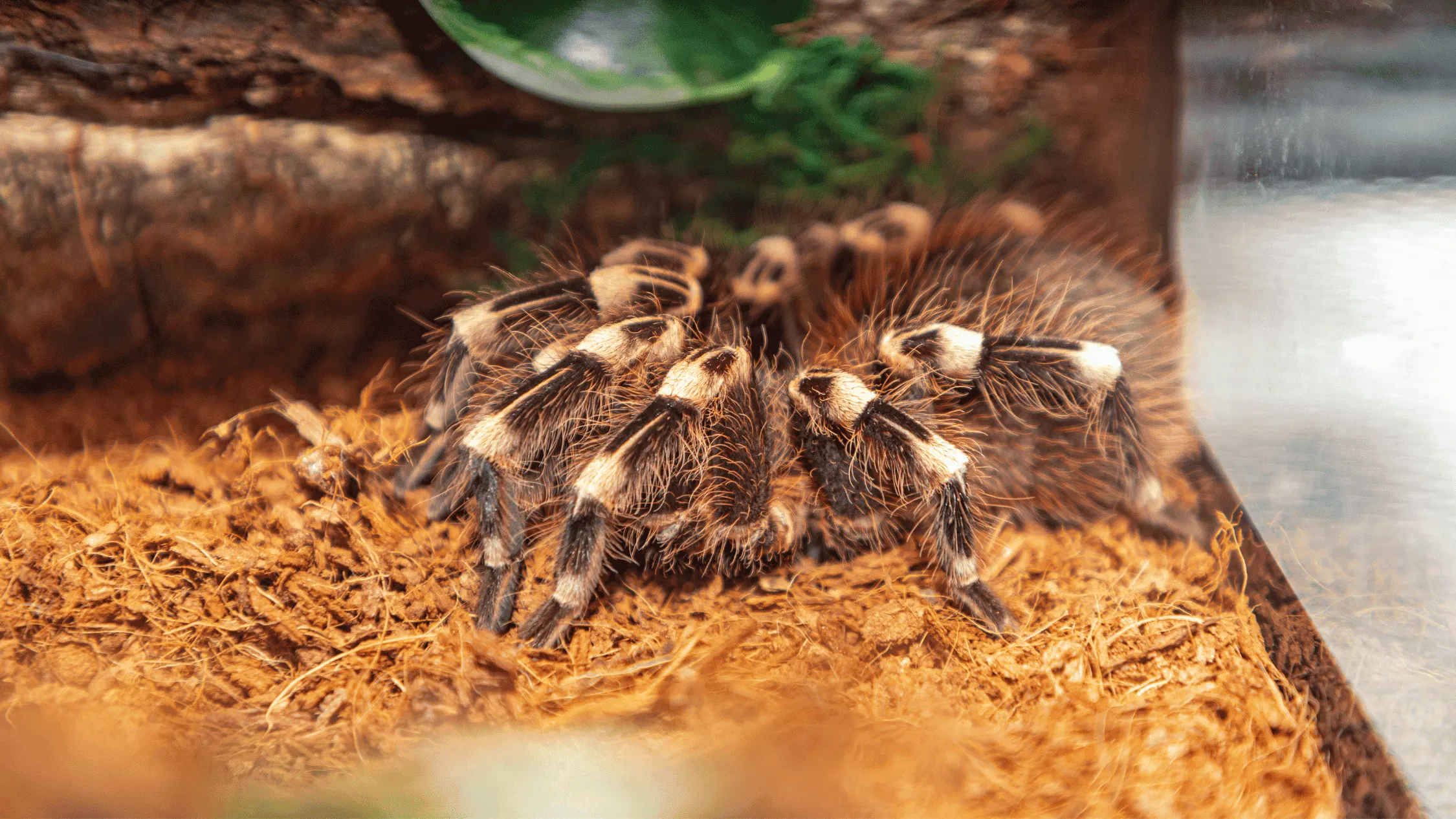
Besides a water dish, maintaining proper humidity levels helps with hydration. The amount of humidity depends on the tarantula’s species. Tropical species require higher humidity, which you can achieve by misting the enclosure with dechlorinated water. Desert species need less humidity; avoid misting their enclosure excessively. Using the appropriate substrate, like coconut fiber or peat moss, helps retain moisture. A hygrometer is useful to monitor the humidity levels. Maintaining the correct humidity promotes healthy molting and overall well-being.
Handling and Safety Precautions
While tarantulas aren’t typically aggressive, handling should be done with caution. Their venom is generally not lethal to humans, but their bite can be painful. More importantly, tarantulas are fragile, and dropping one can be fatal. It’s always best to prioritize the tarantula’s well-being by minimizing handling unless absolutely necessary, such as during enclosure maintenance or health checks. Understanding how to safely interact with your tarantula is vital to ensuring both your safety and the tarantula’s well-being.
Safe Handling Techniques
If you choose to handle your tarantula, do so with extreme care. Handle your pet close to a surface, like the floor or a table, to minimize the distance it could fall. Allow the tarantula to walk onto your hand rather than grabbing it. Avoid sudden movements and speak calmly to avoid startling it. Always wash your hands thoroughly before and after handling your tarantula. Be mindful that tarantulas can be fast and might bolt, so be prepared to react calmly and carefully if that happens. Children should always be supervised when interacting with tarantulas.
https://example.com/tarantula-handling.webp
Recognizing Stress Signs
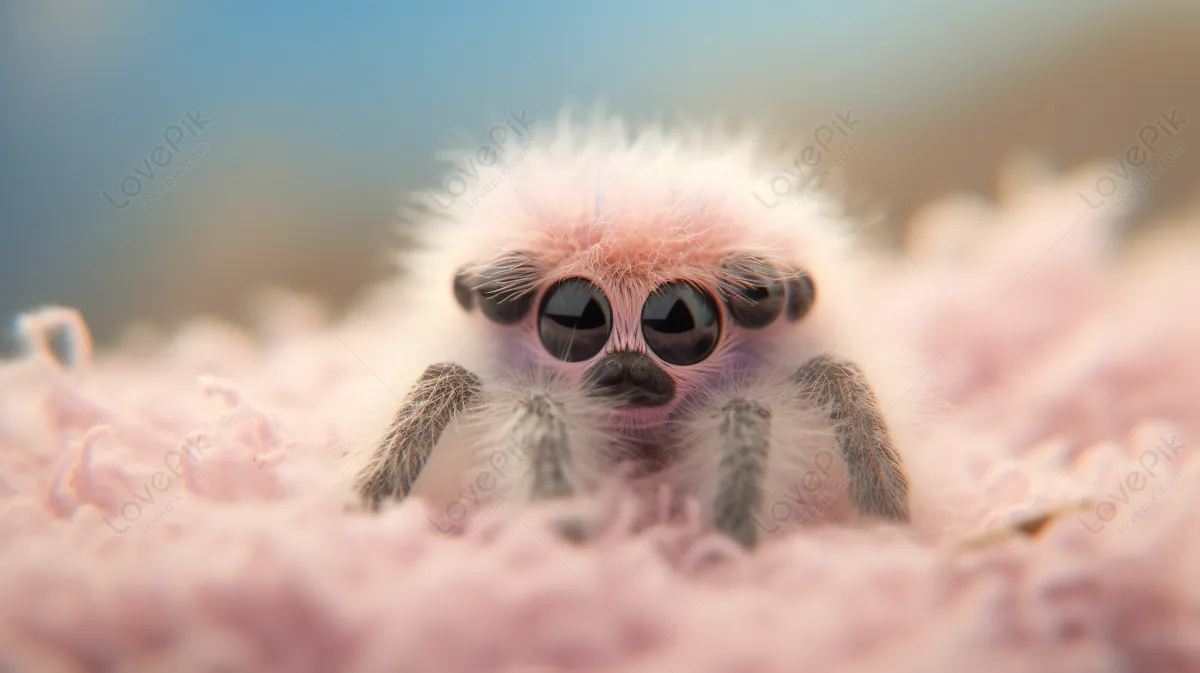
Tarantulas can exhibit stress. Knowing how to identify these signs helps ensure the well-being of your pet. Common signs of stress include excessive hiding, loss of appetite, flicking hairs from their abdomen (a defense mechanism), and erratic behavior. If you notice any of these signs, review the enclosure’s environment (temperature, humidity), and handling practices. Ensure the tarantula has adequate hiding places and is not being disturbed excessively. If the behavior continues, consult an experienced tarantula owner or a veterinarian specializing in exotic pets to seek advice.
Health and Common Issues
Like any pet, tarantulas can experience health issues. Many problems can be prevented with proper care, but being aware of common ailments helps you respond promptly and seek help when needed. Understanding these issues helps promote a long, healthy life for your pet. Regular observation and monitoring for potential health issues is an important part of owning a tarantula.
Common Tarantula Diseases
Tarantulas are generally hardy, but they can be susceptible to certain diseases. Parasites, such as mites, can infest tarantulas, causing irritation and health problems. Fungal infections can develop if the enclosure is too humid or dirty. Bacterial infections can occur if the tarantula sustains an injury or lives in unsanitary conditions. Nutritional deficiencies can also lead to health problems. It is important to maintain a clean habitat and offer a balanced diet to reduce the risk of diseases. Be aware of any changes in your tarantula’s behavior or appearance.
Recognizing Symptoms
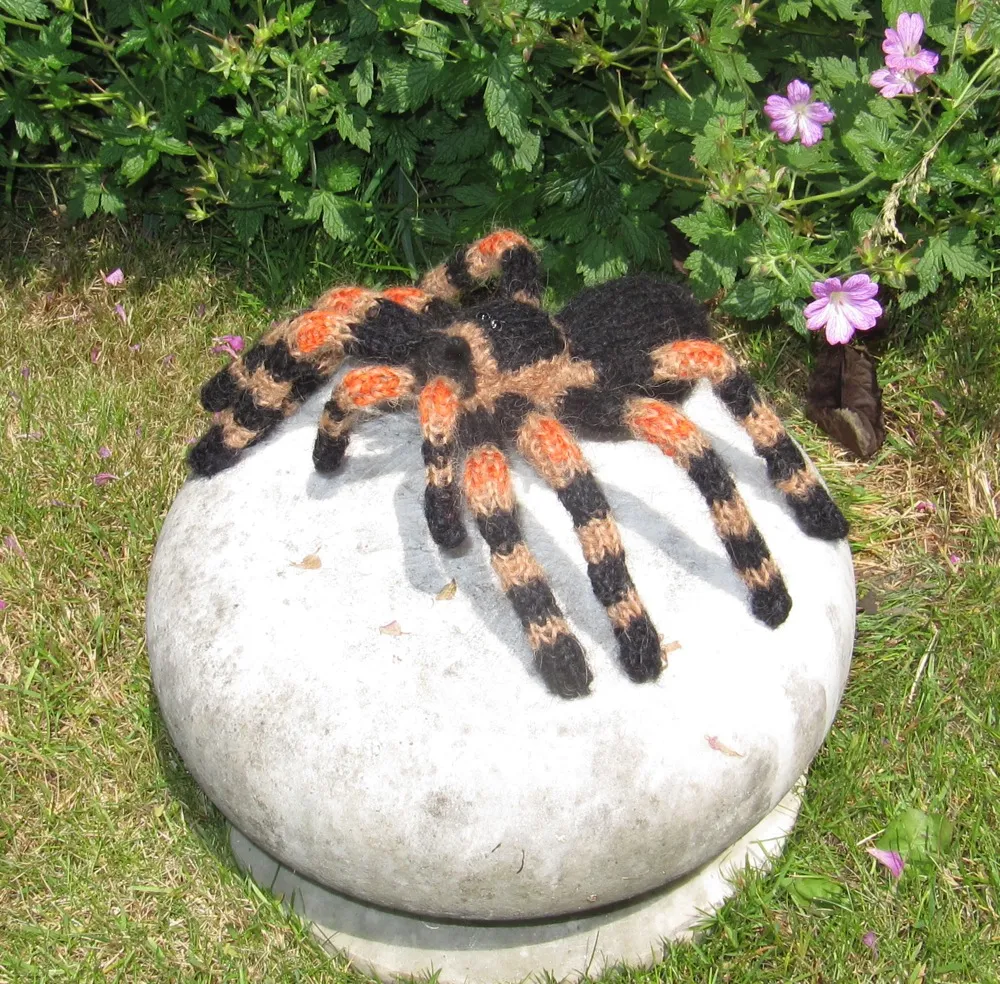
Recognizing symptoms of illness can help you address problems early. Lethargy, loss of appetite, changes in color or behavior, and visible parasites are all cause for concern. Examine your tarantula regularly for any unusual signs, such as sores, swellings, or discharge. If you suspect your tarantula is ill, isolate it from other tarantulas, and consult a vet experienced in exotic pets. Early diagnosis and treatment are crucial for successful recovery and prevention of further complications. Keeping a close eye on your tarantula is a part of responsible pet ownership.
Preventative Care
Preventative care is the best way to keep your tarantula healthy. Maintaining a clean enclosure, providing a balanced diet, and ensuring proper temperature and humidity are essential preventative measures. Regular spot cleaning of the enclosure and complete cleaning as needed helps prevent disease. Quarantine new tarantulas before introducing them to existing ones. Provide a stress-free environment and avoid unnecessary handling. Monitoring your tarantula’s health regularly allows you to address potential problems before they escalate. This includes checking for mites, which can be common. All of these things will greatly contribute to a happy and healthy pet.
Shedding and Molting
Molting is a natural process where tarantulas shed their exoskeletons to grow. This process can be fascinating to witness, but it’s important to know what to expect. The frequency of molting depends on the tarantula’s age and species; younger tarantulas molt more often than adults. Providing the correct environment is crucial for a successful molt. During the molting process, tarantulas are vulnerable, so it’s essential to avoid any disturbances.
https://example.com/tarantula-molting.webp
What to Expect During Molting

Before molting, tarantulas may stop eating and become less active. They might also build a web mat or lie on their backs. The actual molting process can take several hours. Once the old exoskeleton splits, the tarantula slowly extracts itself, leaving the old skin behind. After molting, the tarantula’s new exoskeleton will be soft, so they will need time to harden. Do not disturb your tarantula during the molt. Leave any uneaten prey in the enclosure, as they will typically eat after molting. Do not feed your tarantula for a few days after a molt until its fangs have hardened.
Assisting with Molting
Generally, tarantulas don’t need help molting. However, you can ensure the proper humidity level during molting, as dryness can cause problems. Avoid handling or disturbing your tarantula during molting. If your tarantula gets stuck, seek expert advice. Never attempt to pull the exoskeleton off. Provide a stress-free environment to reduce the risk of molting complications. Most importantly, allow the tarantula to proceed at its own pace, as this is a natural process. With the proper care, your tarantula should molt without issues, and you’ll see an increase in its size and new, brighter colors.
Grooming and Cleaning
Maintaining a clean habitat is crucial for your tarantula’s health. Regular cleaning helps prevent disease and ensures the tarantula’s well-being. The enclosure needs both regular spot cleaning and periodic deep cleaning. A clean habitat reduces the risk of illness and provides an environment in which the tarantula can thrive. Proper hygiene is a key factor in a tarantula’s health and happiness.
Cleaning the Enclosure
Enclosure cleaning involves two main approaches: regular spot cleaning and periodic deep cleaning. Spot cleaning involves removing uneaten food, feces, and any visible debris. Deep cleaning involves removing and replacing the substrate and thoroughly cleaning the enclosure itself. The frequency of these cleanings depends on the species and the size of the enclosure. Proper cleaning protocols help maintain a healthy environment, which is essential for your pet’s health. Establish a regular cleaning schedule and stick to it, as consistency is important.
https://example.com/cleaning-tarantula-enclosure.webp
Regular Spot Cleaning
Regular spot cleaning is the easiest way to keep the enclosure clean. Remove uneaten food daily or every other day. Use tongs or tweezers to remove any feces or debris. Be careful not to disturb the tarantula too much during this process. Regularly check for mold growth and remove any affected substrate. Spot cleaning helps prevent the build-up of bacteria and fungi, which can be harmful to your tarantula. Maintaining cleanliness also reduces odors and makes the habitat more pleasant.
Deep Cleaning Procedures
Deep cleaning the enclosure involves removing the tarantula, removing the substrate, and thoroughly cleaning the enclosure with a pet-safe cleaner. Discard the old substrate and replace it with fresh substrate. Allow the enclosure to dry completely before returning the tarantula. The frequency of deep cleaning will depend on the species. Thoroughly clean the water and food dishes during the process. When handling the tarantula, always use a container and handle with care. It’s critical to maintain a safe and sanitary environment for your pet. If you have a burrowing tarantula, make sure that you replace the substrate with one that is the same, or very similar.
Maintaining a Healthy Habitat
To maintain a healthy habitat, focus on several key aspects. Regular cleaning, as detailed above, is vital. Ensure proper ventilation to prevent the build-up of harmful gases. Maintain the correct temperature and humidity levels appropriate for the species. Provide the appropriate substrate for burrowing or arboreal species. Choose non-toxic decorations and avoid overcrowding the enclosure. By paying close attention to these aspects, you can provide a healthy environment for your cute tarantula pet.
Benefits of Owning a Cute Tarantula Pet
Owning a tarantula offers several unique benefits that set it apart from other pets. While they might not offer the same level of interaction as a cat or dog, tarantulas provide a different kind of companionship. They are low-maintenance, fascinating to observe, and can be a great learning experience. Moreover, owning a tarantula can be surprisingly fulfilling and educational. From their captivating behavior to their role in the ecosystem, tarantulas can bring a unique perspective to pet ownership.
The Unique Appeal of Tarantulas
Tarantulas have a unique appeal. Their appearance, while initially intimidating to some, becomes fascinating with time. Their intriguing behaviors, such as molting and hunting, provide hours of entertainment. They require minimal interaction, which makes them a suitable pet for people with busy lifestyles. For some, owning a tarantula can bring a sense of calm and serenity, different from more demanding pets. Their relatively low maintenance requirements are perfect for someone who wants a pet, but doesn’t have a ton of time. The unique beauty of these arachnids can be very rewarding.
https://example.com/tarantula-pet-2.webp
Educational and Fascinating Pets
Tarantulas are excellent educational pets. Owning a tarantula gives you a chance to learn about the arachnid world and invertebrate biology. Observing their behaviors, understanding their needs, and learning about their natural habitats provides a deeper appreciation for biodiversity. Tarantulas can also be a great conversation starter and provide a unique opportunity to educate others about these misunderstood creatures. For children, they can spark curiosity and a love for nature, teaching responsibility and a respect for all living things. Owning a tarantula is a unique, educational, and fascinating experience.
